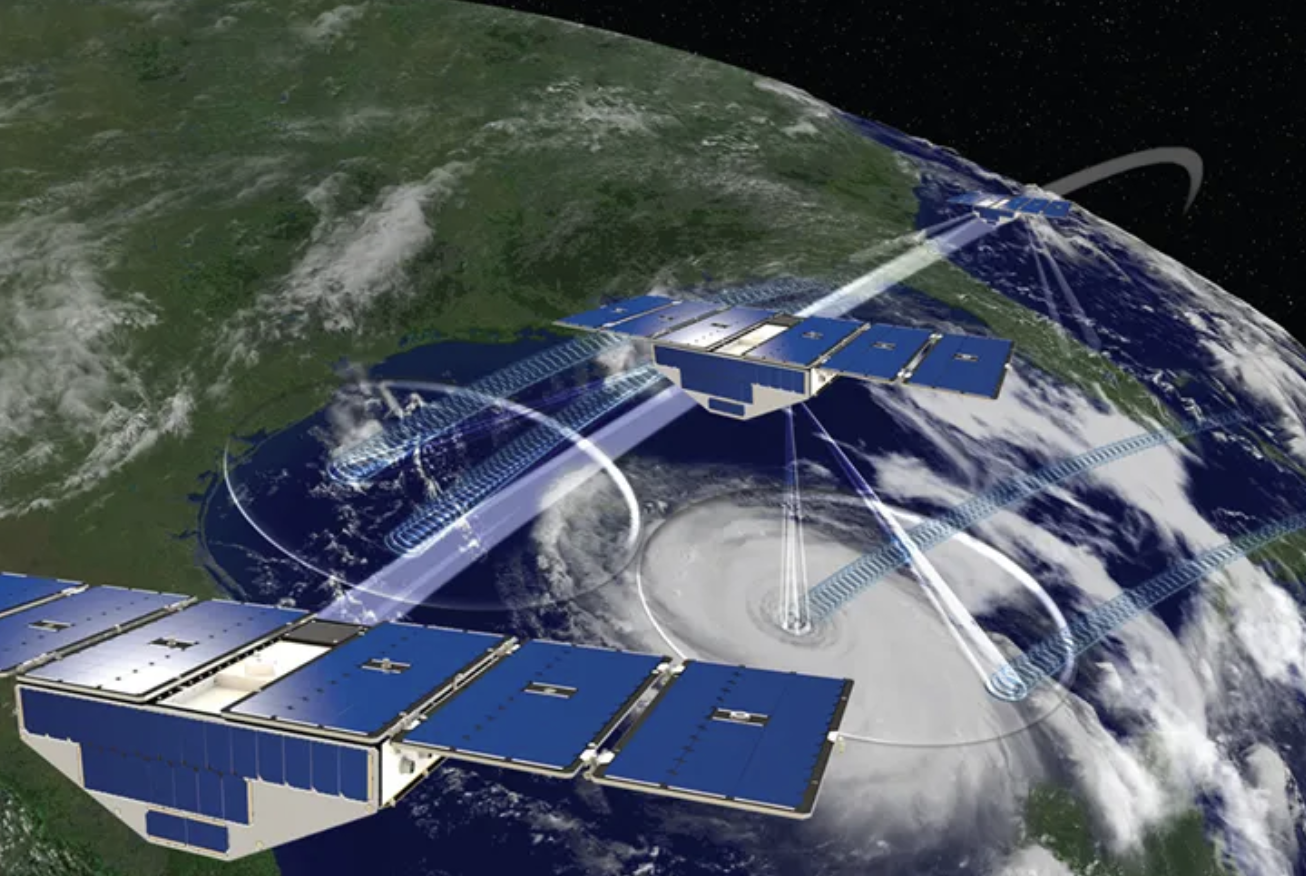Earth science research contributes to infrastructure planning and societal justice by utilizing remote sensing and advanced modeling to analyze climate impacts. Interdisciplinary collaboration drives innovative solutions, addressing both technical and social aspects of climate change.
Earth science, through current research trends, is increasingly focused on understanding the impacts of climate change and developing innovative solutions for infrastructure and societal justice. Remote sensing techniques and advanced modeling are used to analyze climate patterns, natural hazards, and land-use changes, leading to better decision-making for infrastructure planning. Climate adaptation engineering is emerging as a vital field, incorporating earth science principles to design structures that can withstand extreme weather events and sea-level rise. Earth system models (ESMs) help assess the distribution of environmental risks among communities, enabling equitable resource allocation and climate justice. Lastly, interdisciplinary collaboration between earth scientists, engineers, and social scientists is gaining momentum, driving innovative solutions that address both the technical and social aspects of climate change.

What we aim to achieve
Through this research, we aim to achieve a deeper understanding of climate change impacts on the environment and society, develop resilient and sustainable infrastructure, and promote climate justice. By integrating earth science into engineering and policy-making, we can mitigate climate-related risks, protect vulnerable communities, and ensure equitable access to resources and opportunities for adaptation and resilience.
Data and analytic skills we use for this project
To conduct research in earth science, infrastructure planning, and climate justice, a combination of data and analytical skills is required. Some key skills include:
- Data collection and management: Ability to gather, clean, and store large datasets from various sources, such as satellite imagery, climate records, and socioeconomic data.
- Geographic Information Systems (GIS): Proficiency in using GIS software, such as ArcGIS or QGIS, to visualize, analyze, and interpret spatial data.
- Remote sensing: Knowledge of using satellite and aerial imagery to monitor and assess land-use changes, natural hazards, and environmental impacts.
- Statistical analysis: Familiarity with statistical tools and techniques to analyze data, identify trends, and make predictions, using software such as R, Python, or MATLAB.
- Machine learning and artificial intelligence: Experience in using machine learning algorithms and AI tools to analyze complex datasets and develop predictive models.
- Earth system modeling: Expertise in creating and using computer models that simulate climate, hydrology, geology, and other Earth processes to understand past, present, and future changes.
- Domain-specific knowledge: Understanding of earth science principles, engineering concepts, and social science theories related to climate change, infrastructure planning, and societal justice.
Our supportive academic environment is here to help you learn and develop the necessary skills along the way. We encourage you to apply and join us in tackling critical challenges related to climate change, infrastructure resilience, and societal justice. Your enthusiasm, curiosity, and passion for learning can make a real difference!
We are currently planning to conduct the following research topics:
- Climate change and traffic demands:Explore the impacts of climate change on traffic patterns and infrastructure, incorporating climate projections into transportation models to identify vulnerabilities and suggest adaptive strategies for resilient transportation systems.
- Climate change and societal justice:Investigate the disproportionate impacts of climate change on marginalized communities using spatial analysis, social vulnerability indices, and environmental justice frameworks to inform equitable policy-making and resource allocation.
- Climate change and insurance price:Develop advanced risk assessment models that account for climate change-related hazards to assess their impact on insurance prices and explore potential solutions to maintain the affordability and accessibility of insurance products for all.



















